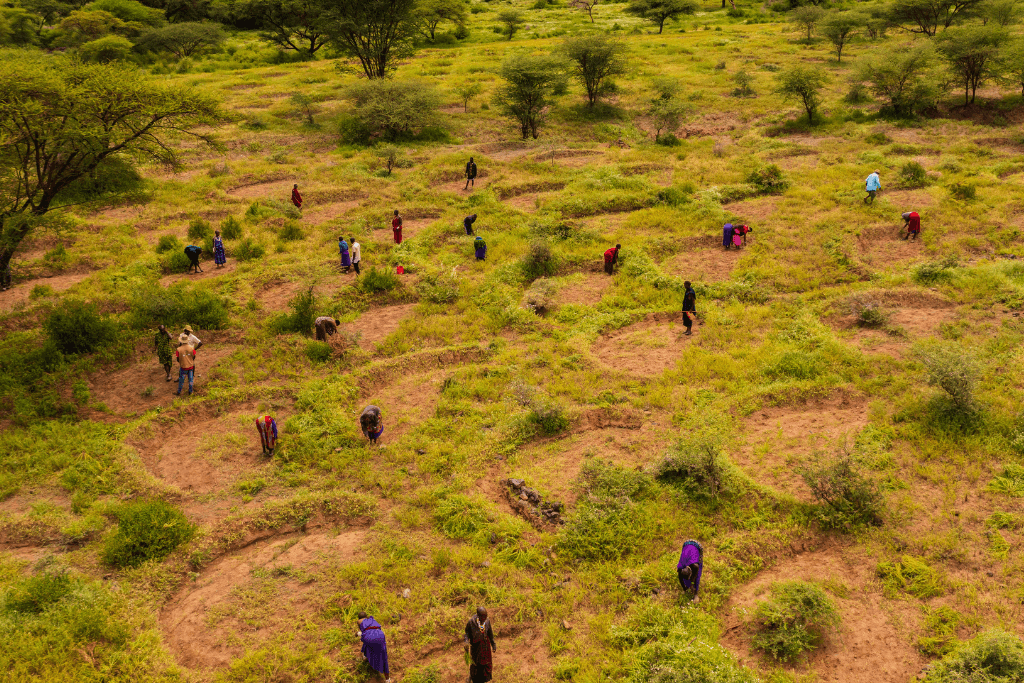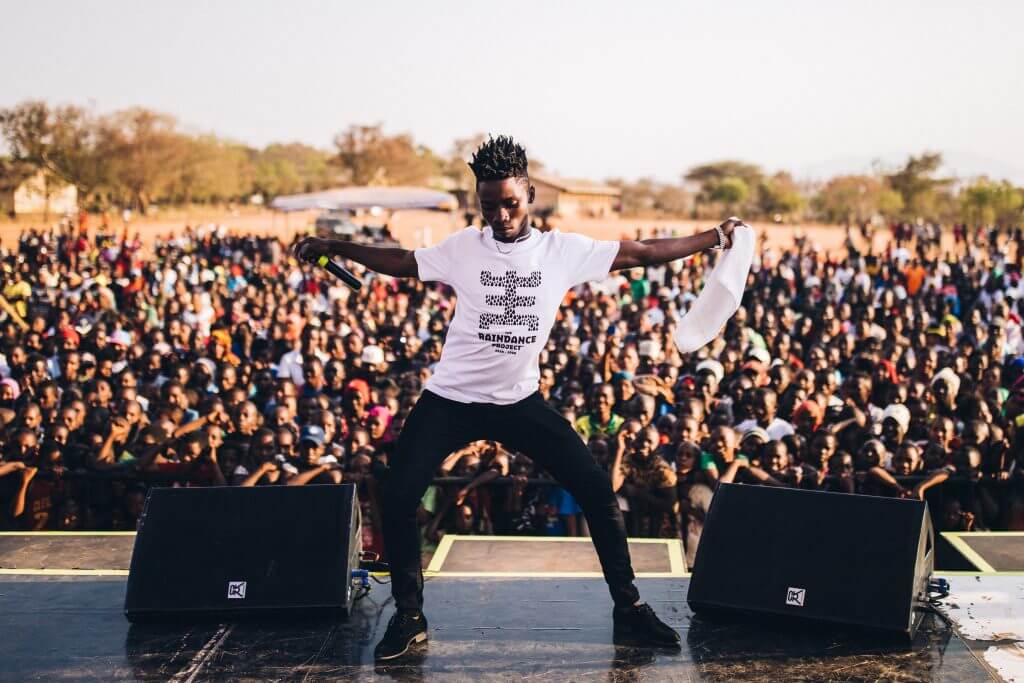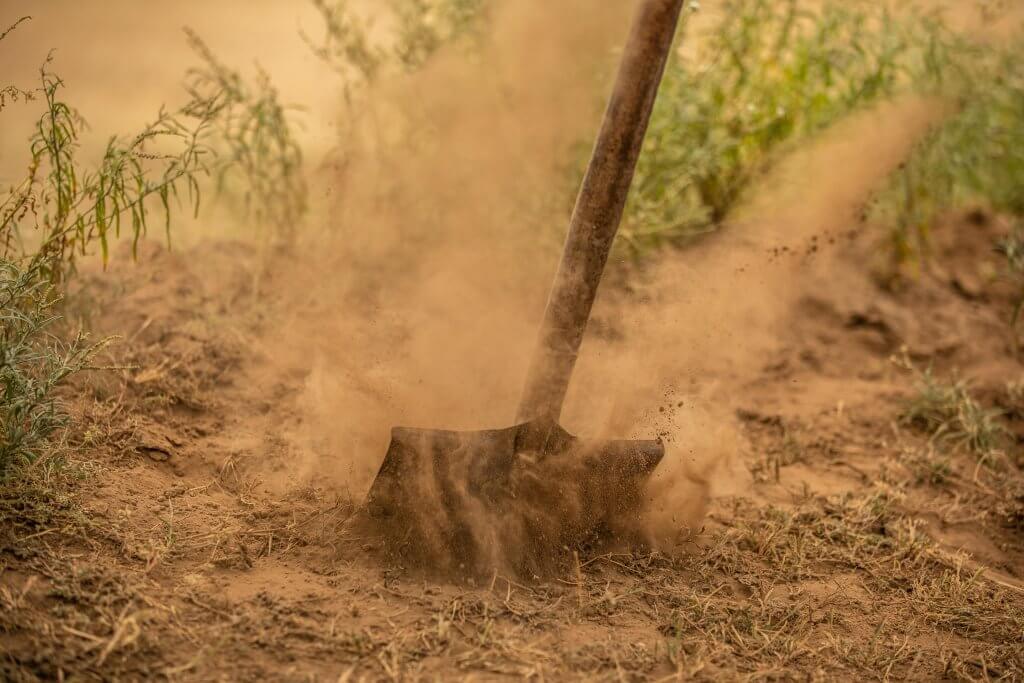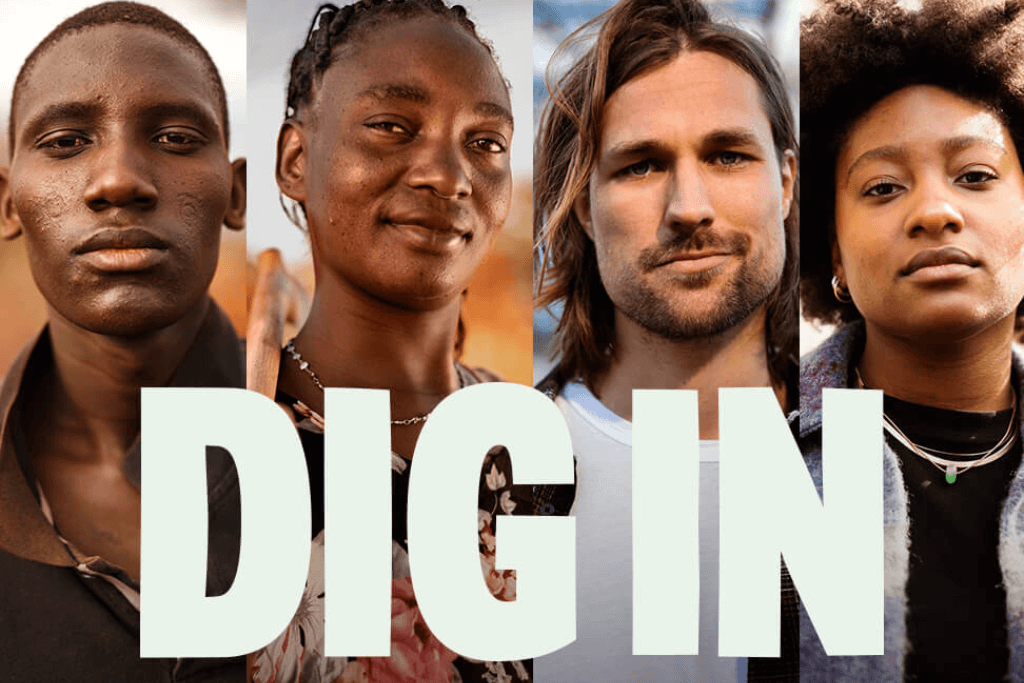Ilchalai – update 2024
Ilchalai Update!
Ilchalai programme: An update from the field…
That years without rain can have a lasting effect on soil health and regreening interventions, is obvious in the Ilchalai project area. Even with the short-lived rain showers in November, we will have to reseed parts of this project area. In this article, we’ll share the most important developments of our Ilchalai bund plot from last year and what we plan to do to make this programme future-proof!
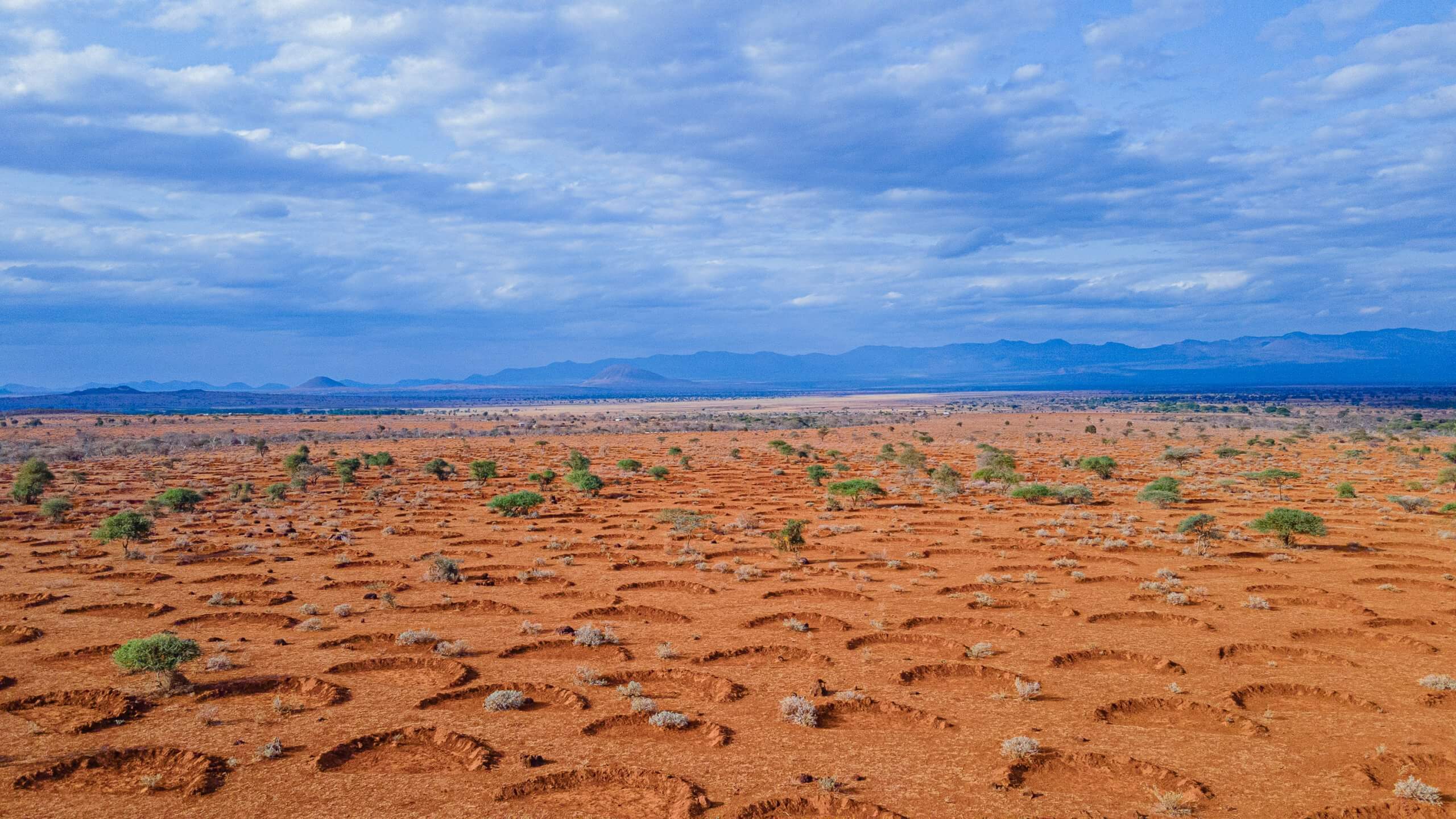
Reseeding in Ilchalai
Last November, like in many other parts of the larger Chyulu landscape, the Ilchalai programme finally received some much-welcomed rain. For about two weeks there were some rain showers after a prolonged period of drought. This resulted in the germination of grasses in and around the bunds. However, when short rains are followed by long periods of drought, the germinated grasses often die due to a lack of moisture. This was unfortunately the case for some parts of the site, which means we need to reseed these areas. We are planning to do this before the expected March-April rains in 2024.
Grazing and community meetings
As all of our projects are community-led, involving the community by boosting understanding and community ownership is essential. We usually organise community meetings in our programmes to update the communities on the progress of the bund site and share the importance of grazing rules and management. In the Ilchalai programme, we organised such a community meeting in July 2023. A total of 86 participants joined the meeting and they agreed to continue to let this area rest by not letting livestock graze in certain areas. This will help the landscape to be restored further.
We also invited grazing committee members to discuss the proper maintenance of the sites. These committees play a very important role in the programme since they decide where community members are allowed to graze their livestock throughout the year. The meeting was used to build their capacity and create plans to better enforce the grazing rules in the area, especially at the bund site.
Sustainable grazing: now and in the future
It is important for the communities that the area can eventually be used for grazing again. And that’s not necessarily a bad thing, because grazing done sustainably does not harm the soil or projects. To assist sustainable grazing in the future and help grazing committees make informed decisions on grazing, we started developing a tool with a group of researchers from Eageron University in Nairobi. The tool, which is currently in the final stages of development, enables us to determine the number of animals (cows, goats, sheep) that can graze in the project sites without damaging it while taking into account grazing wildlife as well.
What’s next…
Sadly, as a result of the prolonged droughts, the area has not restored as much as it could have been under normal conditions. Therefore, the communities agreed to continue protecting it from grazing. As we said earlier, we will also focus on reseeding certain parts of the area in the next quarter. This will help speed up the recovery in anticipation of the next rains.

